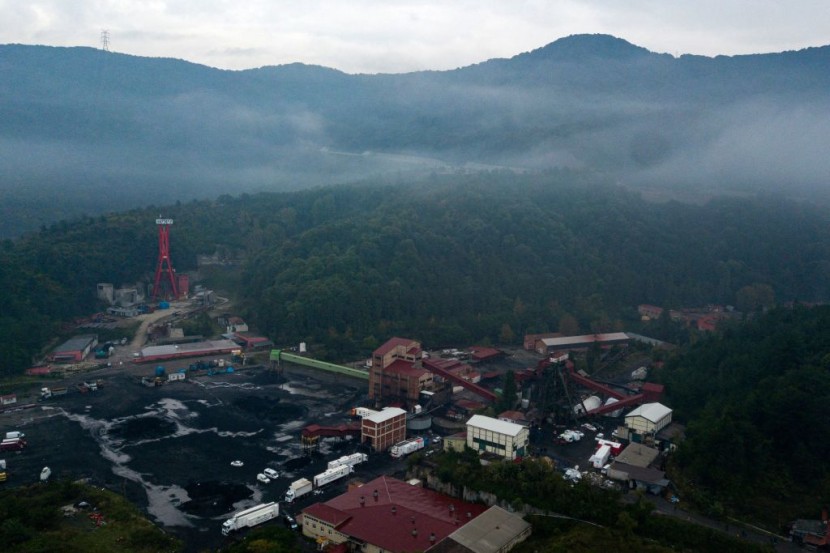NASA's EMIT imaging spectrometer aboard the International Space Station (ISS) has spent more than a year in space and has detected methane emissions across the world.
In a surprising development, EMIT surpassed even the expectations of its designers by identifying point-source emissions of greenhouse gases. EMIT is an acronym that stands for Earth Surface Mineral Dust Source Investigation.
NASA's Emit Surpasses Expectations

The instrument was launched in July 2022 in an attempt to map 10 key minerals on the surface of the world's arid regions. These mineral-related observations are already available to researchers as well as the public. They would also help improve understanding of how dust that gets lofted into the atmosphere affects the Earth's climate.
While detecting methane was not part of EMIT's primary mission, its designers did expect that the imaging spectrometer would have such capability. Since August 2022, the instrument has identified more than 750 emissions, some small, others in remote locations, and others persistent in time.
In a statement, a research technologist on the EMIT science team at NASA's Jet Propulsion Laboratory in Southern California, Andrew Thorpe said that they were a little curious at first regarding what they could do with the instrument, as per SciTechDaily.
When the source of methane emissions is known, operators of landfills, agriculture sites, oil and gas facilities, and other methane producers have an opportunity to address the issue. It is also considered crucial in limiting climate change to track human-caused emissions of methane.
This is because it offers a comparatively low-cost rapid approach to reducing greenhouse gases. Methane is known to linger in the atmosphere for roughly a decade. However, during this time, it is up to 80 times more powerful at trapping heat compared to carbon dioxide, which can stay for centuries.
NASA's EMIT has proven quite effective at identifying emission sources both big (tens of thousands of pounds of methane per hour) and tiny (hundreds of pounds of methane per hour). This ability is crucial because it permits the identification of a greater number of "super-emitters." These are sources that produce disproportionate shares of total emissions.
Read Also : Astronomers Baffled by Star That Came Back to Life With Repeated Energetic Flares in Supernova Explosion
Identifying Methane Sources
The latest study compares EMIT's data with those that were collected by airborne instruments. These fly over specific areas to measure methane and the researchers found that the instrument can capture 60% to 85% of the methane plumes that are normally seen by airborne instruments, according to Interesting Engineering.
Airborne instruments, while being more sensitive than EMIT, are also much more expensive to make use of. They also need to have some prior information that there is methane in a certain area that they are monitoring and they are not able to cover the entire world.
In comparison, NASA's EMIT is able to collect data over vast regions from the ISS and covers areas between 51.6 degrees north and south latitude. It is capable of capturing high-resolution images that allow researchers to identify methane plumes on a large scale which was previously impossible.
The findings also provide a new perspective on space-based monitoring and its potential to track greenhouse gas sources. If technology continues to advance, instruments such as EMIT could play a pivotal role in global efforts to fight against climate change, said CityLife.
Related Article: Solar Flare 2024: What Would Happen if Global Internet Suddenly Stopped
© 2026 HNGN, All rights reserved. Do not reproduce without permission.







